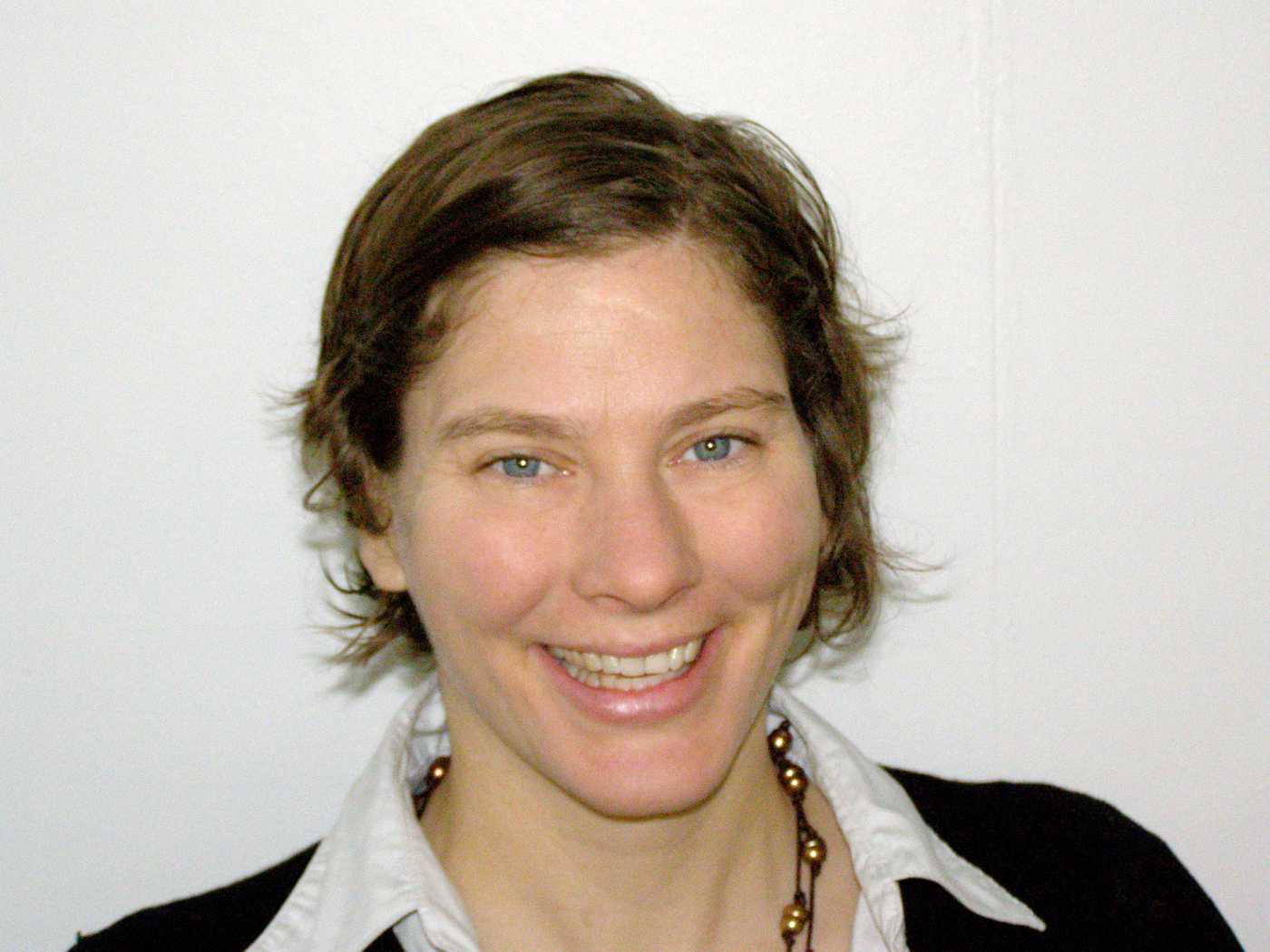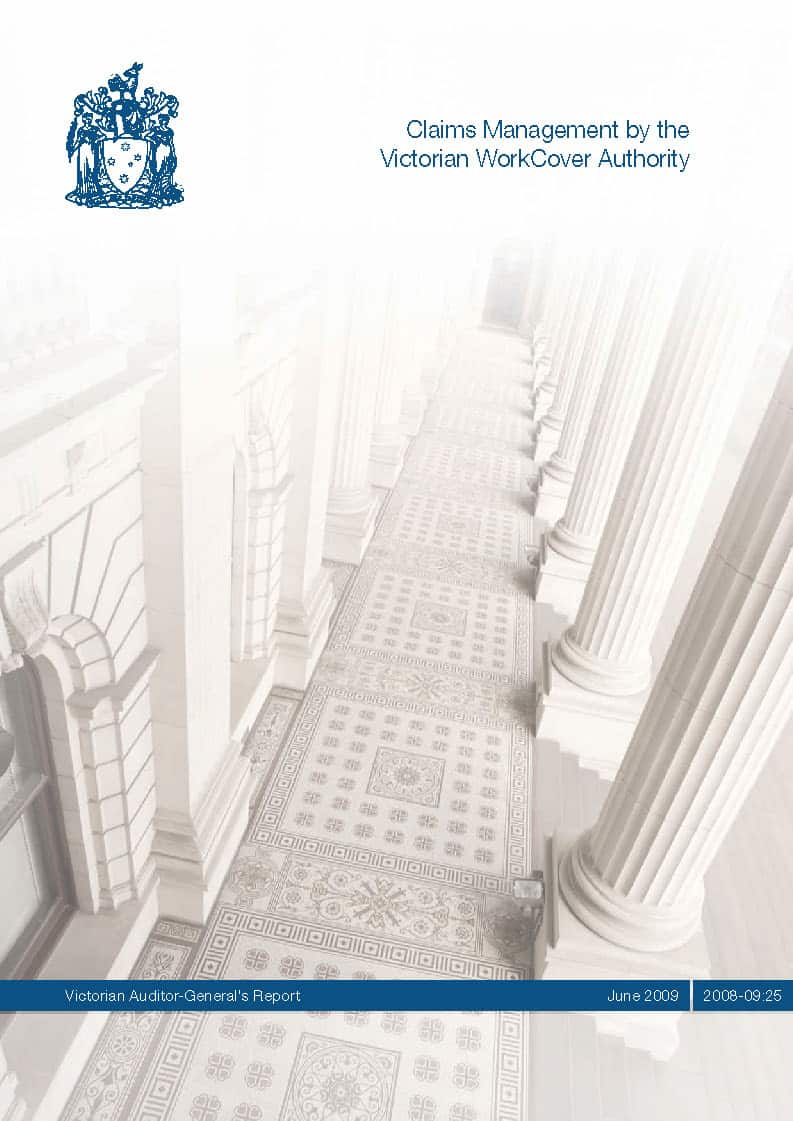Gabrielle Lis raised an issue in an article for Return To Work Matters that deserves to be seriously considered. The Australian Government is set on a path of harmonising OHS laws through the coordination role of Safe Work Australia. One of the key policies for Safe Work Australia is also to
“develop proposals relating to… harmonising workers’ compensation arrangements across the Commonwealth, States and Territories…”
Wow, this is more of a challenge than harmonising OHS laws. As Gabrielle writes
“Workers and employers don’t always see eye to eye on the issue, not to mention the differing interests of big businesses and small and medium enterprises, and the entrenched positions of the states and territories, who all tend to prefer “how we do things” to how things might best be done.”
Safe Work Australia is going to be dealing with over a dozen worker’s compensation insurers, around half a dozen workers’ compensation bureaucracies and thousands of stakeholders in the compensation, insurance, healthcare and return-to-work sectors.
This challenge is phenomenal and will not fit into any short-term schedule. This challenge differs from OHS in that it directly involves money, millions of it. The negotiations on OHS between government, unions and employer groups will be nothing compared to when the insurance companies move in on workers compensation.
(Disclaimer: Kevin Jones is a regular columnist for www.rtwmatters.org)


